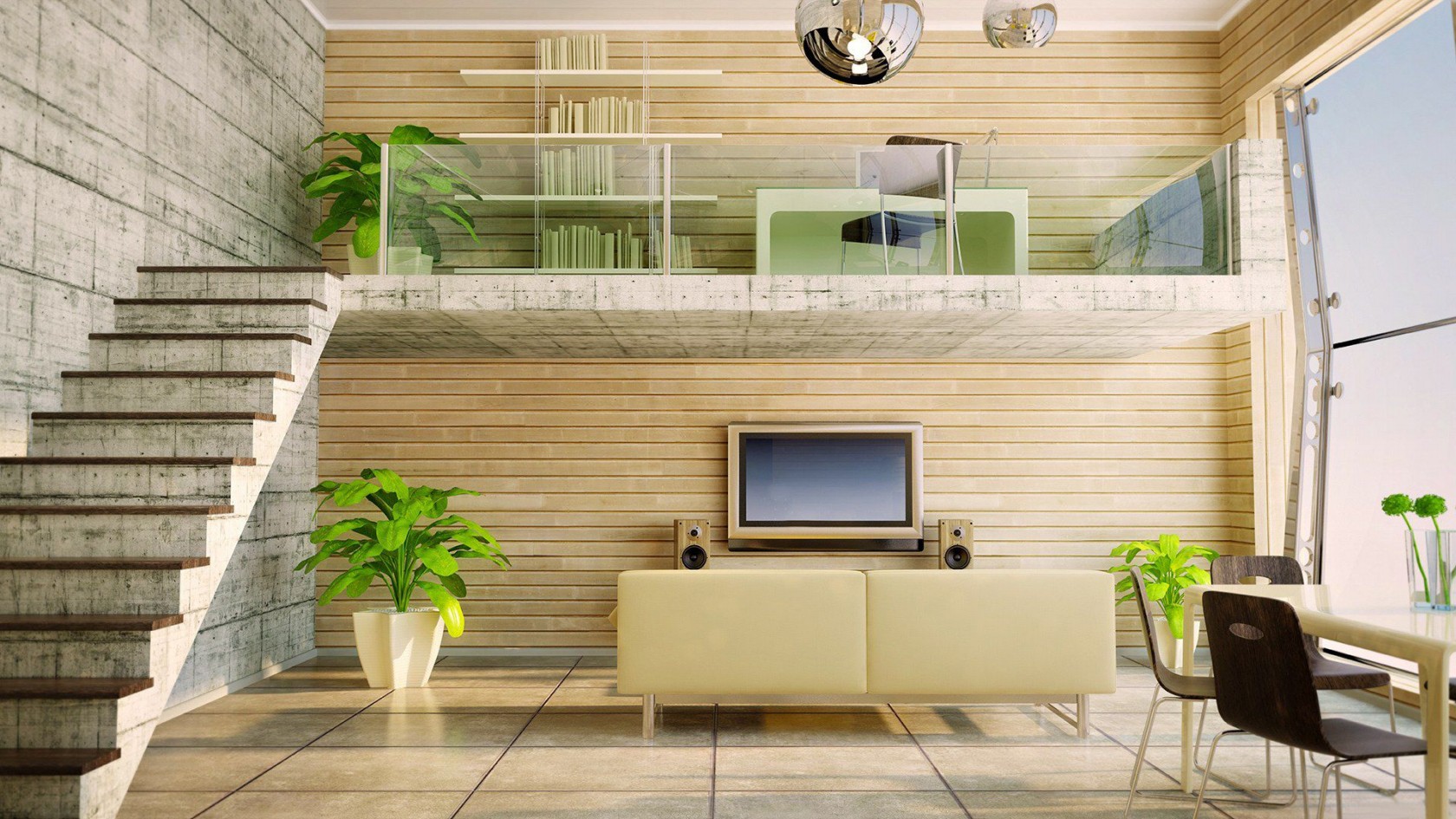Architecture and interior design, two distinct disciplines that when combined, have the power to create harmonious spaces that are both visually stunning and functional. The fusion of these two fields allows for the seamless integration of structure and aesthetics, where every element, from the towering facade to the tiniest decorative flourish, works in perfect unison. It is the coming together of creativity and technical expertise, resulting in spaces that not only inspire awe but also provide comfort and functionality to those who call them home or work within their walls.
Architecture, with its focus on the design and construction of buildings, serves as the foundation for the overall aesthetics of a space. It considers factors such as form, materials, and the surrounding environment to create structures that are not only visually striking but also structurally sound. On the other hand, interior design takes these architectural spaces and transforms them into functional and inviting areas tailored to the needs and preferences of the occupants. It delves into the minutiae of color schemes, lighting, furniture arrangement, and the selection of materials to create cohesive and visually pleasing interiors.
When architecture and interior design work in synergy, it becomes an art form that evokes emotions and shapes experiences. The seamless transitions between the exterior and interior spaces, the play of light and shadow, and the careful selection of materials all contribute to the overall aesthetic appeal and functionality. The result is spaces that tell a story, where the architectural elements serve as a backdrop, and the interior design elements add depth and character.

In the upcoming paragraphs, we will delve into the intricacies of this aesthetic fusion, exploring how architecture and interior design complement each other to create remarkable environments. We will also examine the key principles and techniques that designers employ to achieve synergy between these disciplines, highlighting notable examples that showcase the transformative power of this creative collaboration. So, let’s embark on a journey into the world of architecture and interior design, where beauty and functionality converge to shape the way we experience spaces.
Understanding the Relationship
- Architecture Design
-
The Art of Architecture & Interior Design
Architecture and interior design are two interconnected disciplines that coexist in harmony to create stunning spaces. While architecture focuses on the structural aspects of a building, interior design brings life and personality to the interior spaces. The synergy between these two art forms is essential in achieving a cohesive and aesthetically pleasing design. -
Blurring the Boundaries
In recent years, the boundaries between architecture and interior design have become increasingly blurred. Architects now consider the interior spaces during the initial stages of planning, and interior designers have started considering the overall architectural language while designing the interiors. This collaboration between professionals results in spaces that seamlessly merge functionality, aesthetics, and user experience. -
Creating a Unified Experience
Architecture and interior design work in unison to create a unified experience for the occupants. The architectural elements and layout of a building set the stage for the interior design. The interior design, in turn, complements and enhances the architectural features, creating a harmonious and balanced environment. This holistic approach ensures that the design not only looks visually pleasing but also serves its purpose effectively.
Remember, understanding the relationship between architecture and interior design is crucial in achieving a successful fusion of aesthetic and functionality. By appreciating the interconnectedness of these disciplines, designers can create spaces that truly inspire and engage.
The Impact of Architecture on Interior Design
Architectural design plays a pivotal role in shaping the world of interior design. The intricate relationship between these two fields leads to a captivating fusion of aesthetics and functionality. With each building’s architectural style, interior designers are presented with a unique canvas to work their magic. From the grandeur of Gothic cathedrals to the minimalism of modern skyscrapers, architecture sets the stage for interior design to thrive.
At its core, architecture provides the structural framework upon which interior design can flourish. Each structural element contributes to the overall ambiance and spatial experience within a building. The height and layout of ceilings, the placement and size of windows, and even the choice of materials all impact the possibilities and limitations for interior design. Architects meticulously consider these aspects to create spaces that are not just visually appealing but also conducive to the intended purpose.
Moreover, architectural styles inspire and influence interior design trends. Much like fashion, architecture develops distinct styles and movements that evolve over time. Be it the iconic Art Deco movement of the early 20th century or the sleek and futuristic designs of today, architectural styles serve as a rich source of inspiration for interior designers. The colors, textures, and patterns seen in architectural masterpieces find their way into the realm of interior design, shaping the overall aesthetic and creating harmonious spaces.
Furthermore, architecture also guides the flow and functionality of interior spaces. The layout of rooms, corridors, and entrances determines how people navigate and interact within a building. This understanding drives the placement of furniture, fixtures, and decor in interior design. By aligning with the architectural layout, interior designers are able to create cohesive designs that seamlessly integrate with the overall structure. The synergy between these two disciplines results in spaces that are not only visually stunning but also highly practical and functional.
In conclusion, the impact of architecture on interior design cannot be overstated. From providing the framework and inspiration to influencing the flow and functionality, architecture shapes the very essence of interior design. The symbiotic relationship between these two fields allows for a seamless fusion that truly brings spaces to life. It is through this synergy that we witness the captivating beauty and functionality of architecture and interior design merge into something truly remarkable.
Harmonizing Aesthetics
In the realm of architecture and interior design, harmonizing aesthetics plays a pivotal role. The seamless integration of these two disciplines not only enhances the visual appeal of a space but also creates a cohesive and inviting atmosphere. By carefully considering the interplay of architectural elements and interior design features, a truly harmonious aesthetic fusion can be achieved.
One aspect that contributes to harmonizing aesthetics is the thoughtful selection of materials. The choice of materials, such as wood, stone, glass, or metal, can greatly influence the overall look and feel of a space. By aligning the materials used in both the architectural design and interior decor, a sense of unity and coherence can be established. For example, using natural stone accents on the exterior facade and carrying that same material into the interior as a focal point can create a seamless transition between the two areas.
Another important factor in harmonizing aesthetics is the consideration of scale and proportion. Both architecture and interior design rely on an understanding of space and its dimensions. By carefully balancing the scale of architectural elements, such as windows, doors, and structural details, with the scale of furniture, decorative objects, and artwork, a sense of harmony is achieved. For instance, large, expansive windows that frame panoramic views can be complemented by minimalist interior decor, allowing the focus to remain on the surrounding natural beauty.
Furthermore, the use of color can greatly influence the overall aesthetic fusion. A well-coordinated color palette, employed both in the architectural design and interior decoration, can create a cohesive and inviting atmosphere. By selecting colors that complement each other and evoke a desired mood or ambiance, a harmonious visual experience is achieved. For example, using warm, earthy tones in the architectural design and carrying those colors through to the interior walls and furnishings can create a sense of unity and balance.
In conclusion, harmonizing aesthetics is essential in the realm of architecture and interior design. By carefully selecting materials, considering scale and proportion, and employing a cohesive color palette, a seamless fusion between these two disciplines can be achieved, resulting in visually appealing and inviting spaces.
